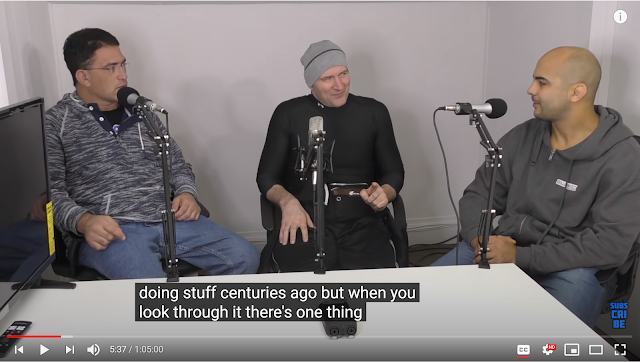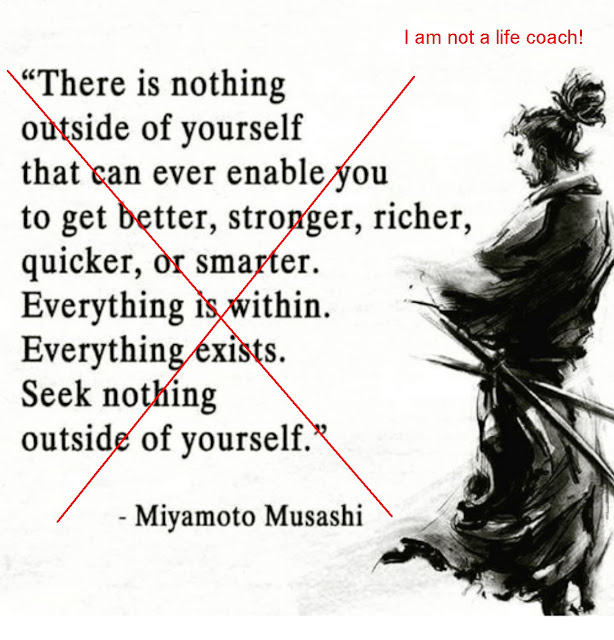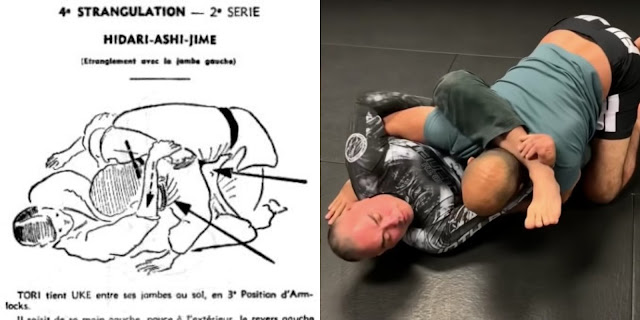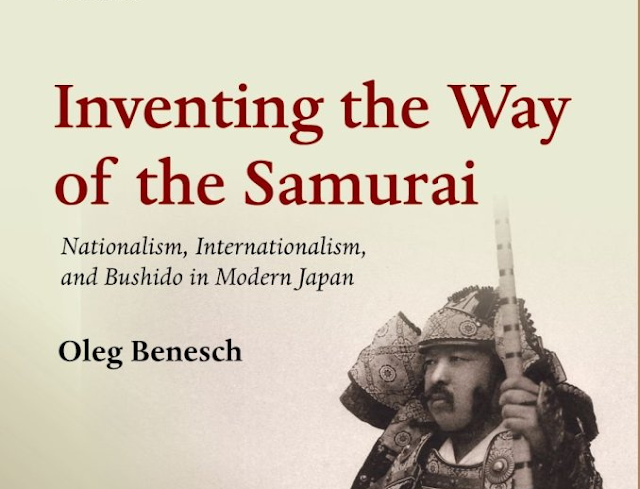I Swear It Upon Zeus, Socrates Did Not Favor Wrestlers over Runners
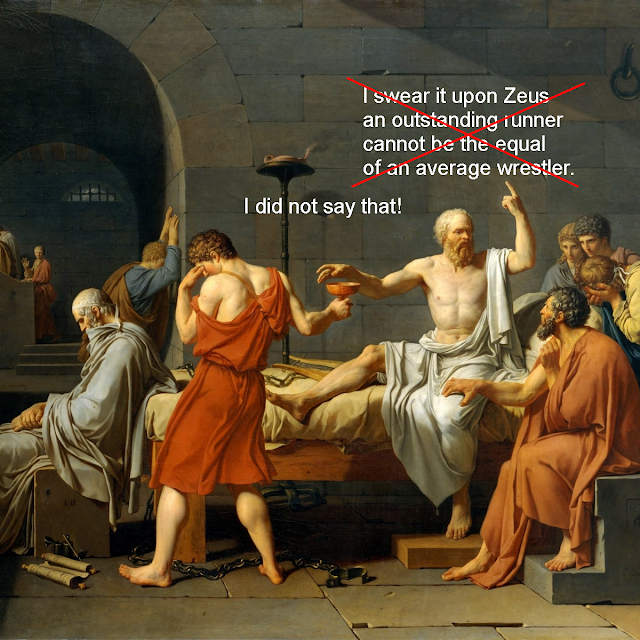
Did Socrates really say "I swear it upon Zeus, an outstanding runner cannot be the equal of an average wrestler"? TL;DR: The image says it all. For the research, and what Socrates and others really said about wrestlers and runners, read on! Introduction Recently I debunked a quote falsely attributed to a Japanese thinker and warrior , so I thought it was time to do the same for a Greek thinker and warrior -- Socrates. First, some background. Socrates was a Greek philosopher who lived from approximately 470 BC to 399 BC. He did not write anything on his own, or at least nothing he wrote survives to this day. Everything we know about him comes from his students and biographers. Chief among these are students Plato and Xenophon, and biographers Plutarch (46 AD to about 119 AD) and Diogenes Laërtius (third century AD) and Plutarch. To see if Socrates said anything like the quote attributed above, I queried many sources online, and then I reviewed the following works. Each initia...
